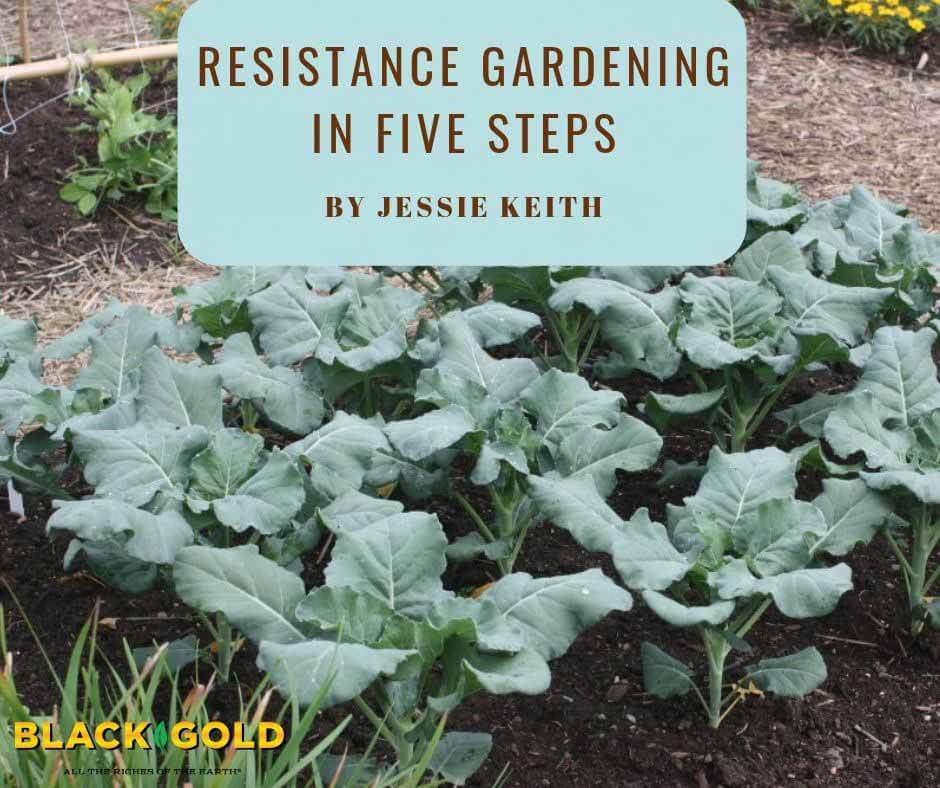
So many factors can put stress on garden plants—heat, drought, insects, disease—that’s why it’s smart to plan ahead to ward off possible garden debacles before they occur. This is done by cultivating tough, resistant crops through chemical-free preparative gardening in anticipation of heat, drought, pests, and disease with bountiful results.
Start early in the season when you choose your garden plants. Pick your plants carefully, choosing those proven to perform well while withstanding the harsh conditions you can expect in your home garden. Here are the five steps that will put you on the road to resistance gardening:
- Choose Great Plants
- Give Plants a Good Head Start
- Prepare Your Soil
- Keep Plants & Beds Clean
- Rotate
Choose Reliable Plants
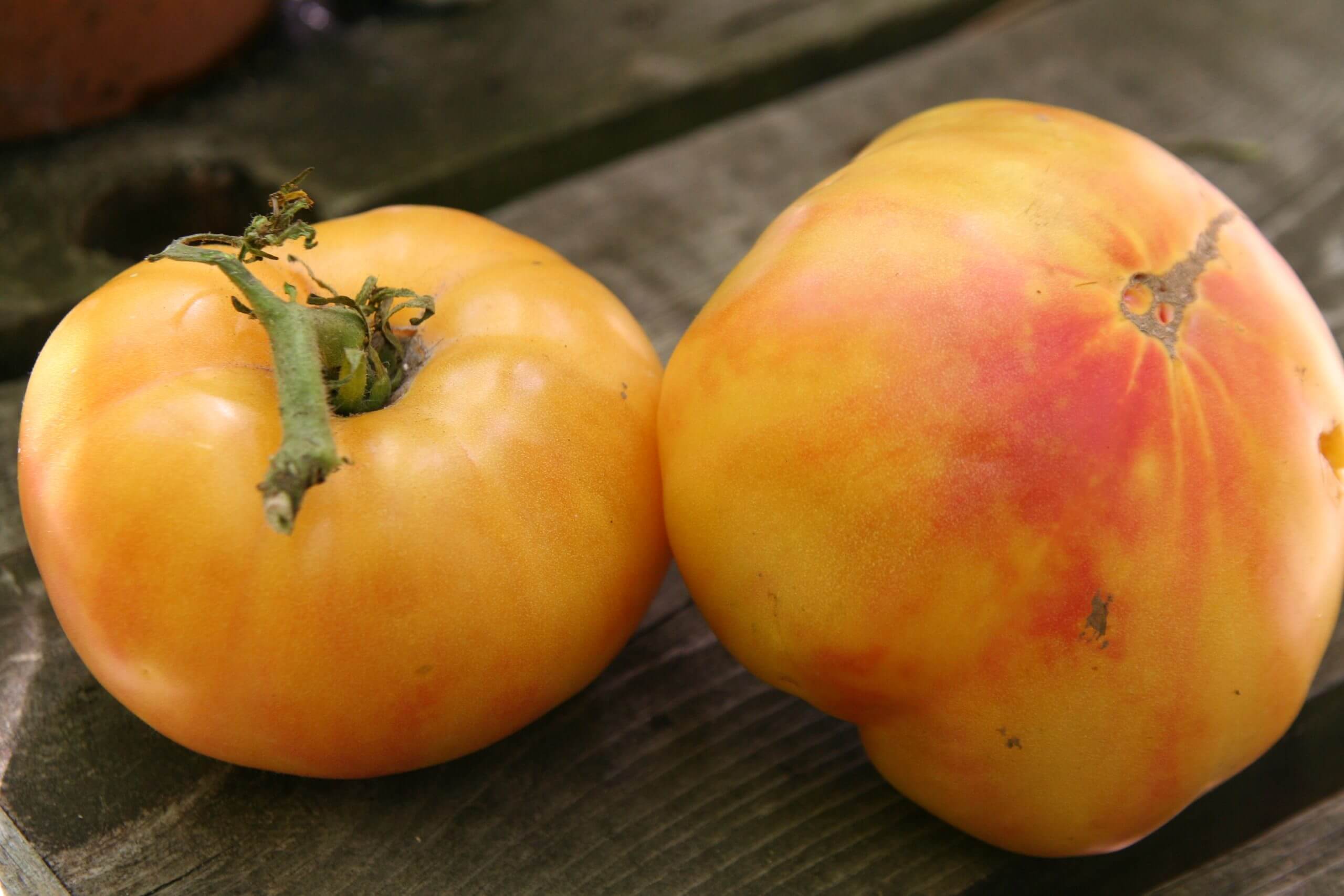
Be choosy when selecting new plant varieties for your garden. The higher performing and more resistant a plant is to diseases and other environmental stresses, the more resilient your garden will be. Plant trials are a great source of information when it comes to picking good veggies for the garden. Many plant trials are conducted at land grant universities (check out Purdue University’s yearly Midwest Vegetable Trial Bulletin Report for details) and formal trial programs, like All-America Selections, but many seed companies, such as Johnnie’s Selected Seeds, also conduct their own research and trials. Choose winning plants noted for their disease resistance and strong performance under stressful conditions.
Give Plants a Good Head Start
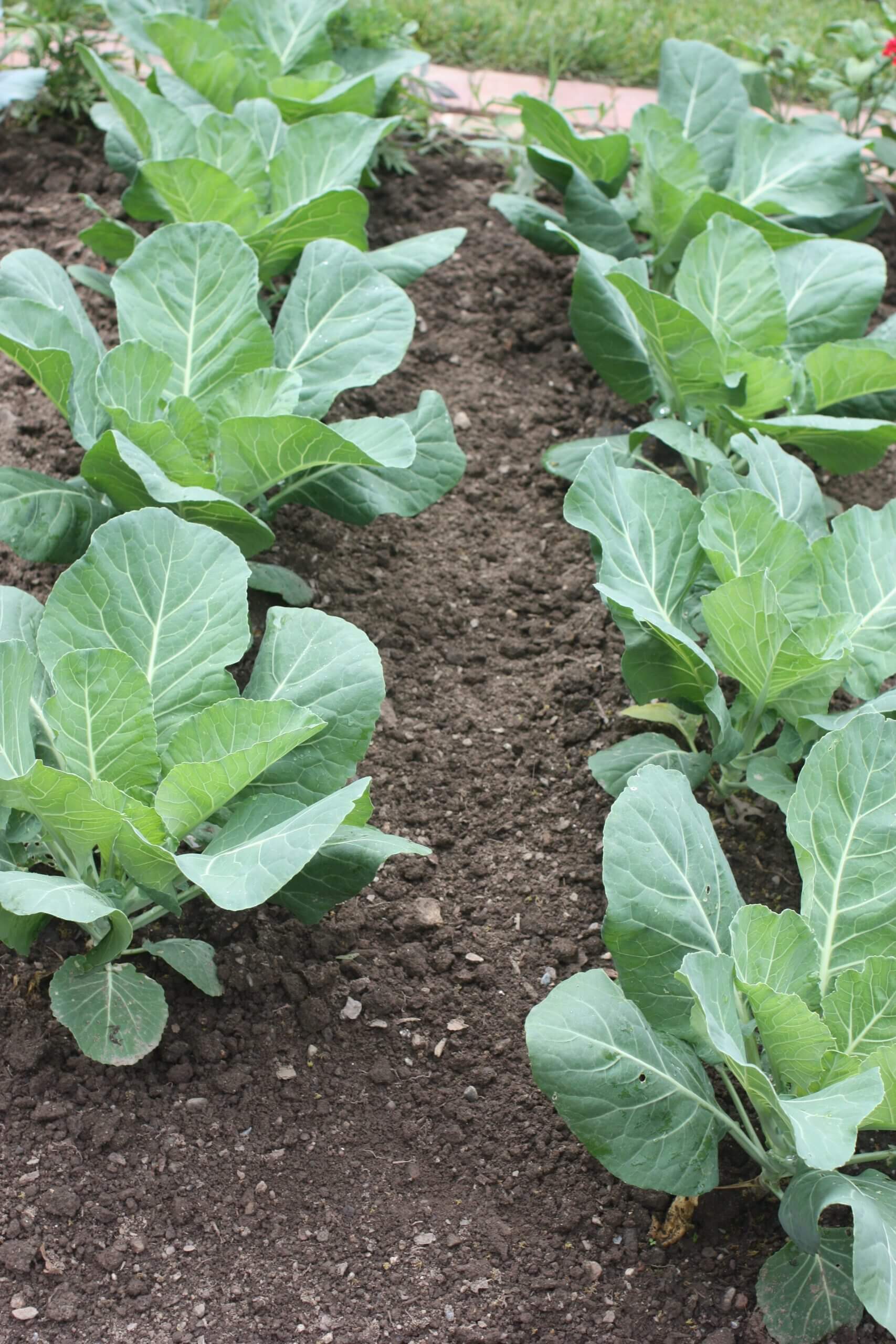
Strong starts can have a big impact on your garden’s success. If growing plants from seed, be sure to give your seedlings plenty of light and room to develop stout, dense growth and ample root systems. Planting one seedling per pot will help avoid competition. Fertilize starts lightly, so they are as strong and healthy as can be at planting time. (Click here for seed starting tips.)
If choosing vegetable starts at your local nursery, pick those with good top growth and check their roots to avoid plants that are root bound. Bound roots will show a solid, interwoven network of roots with little potting mix to see. The root systems of root-bound plants must be cut and separated at planting time, which puts undue stress on transplants.
Prepare Your Soil
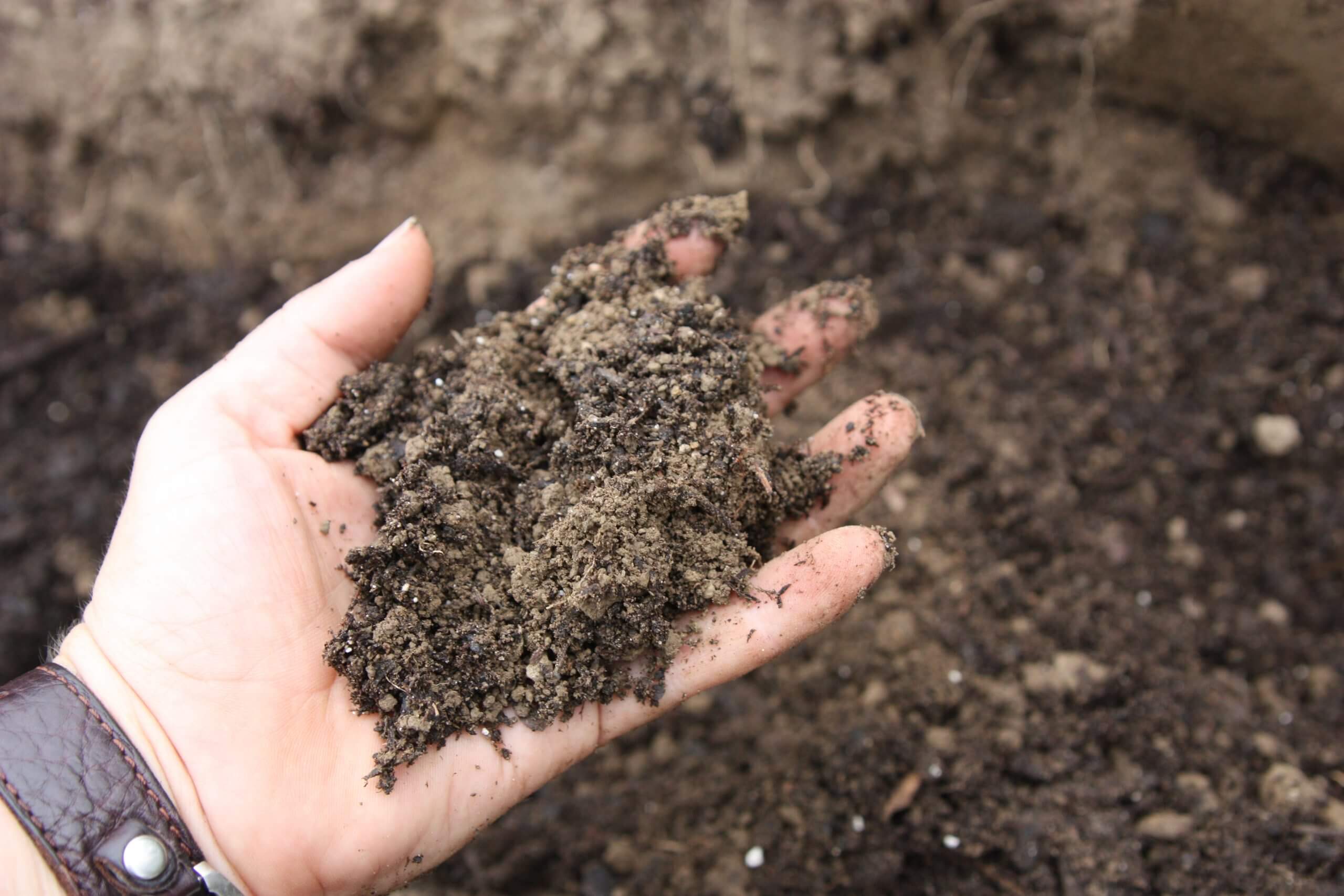
Beautifully prepared soil will make a garden flourish all season. Start with organic matter—working in as much Black Gold® Garden Compost into the soil as possible. Amendments rich in organic matter will help the soil maintain moisture as well as porosity—two things that plants need for good growth. The more deeply you improve your soil, the deeper your vegetable’s roots will grow—something that gives plants an edge in heat and drought.
As added reinforcement, work in some Black Gold® Natural & Organic Potting Soil with RESiLIENCE® to give your plants stronger stems, improved root mass and to reduce wilting time under stress. The all-natural RESiLIENCE® additive has been approved for organic gardening and also been shown to help plants flower earlier. (Click here to learn more about RESiLIENCE®.)
Keep Plants & Beds Clean
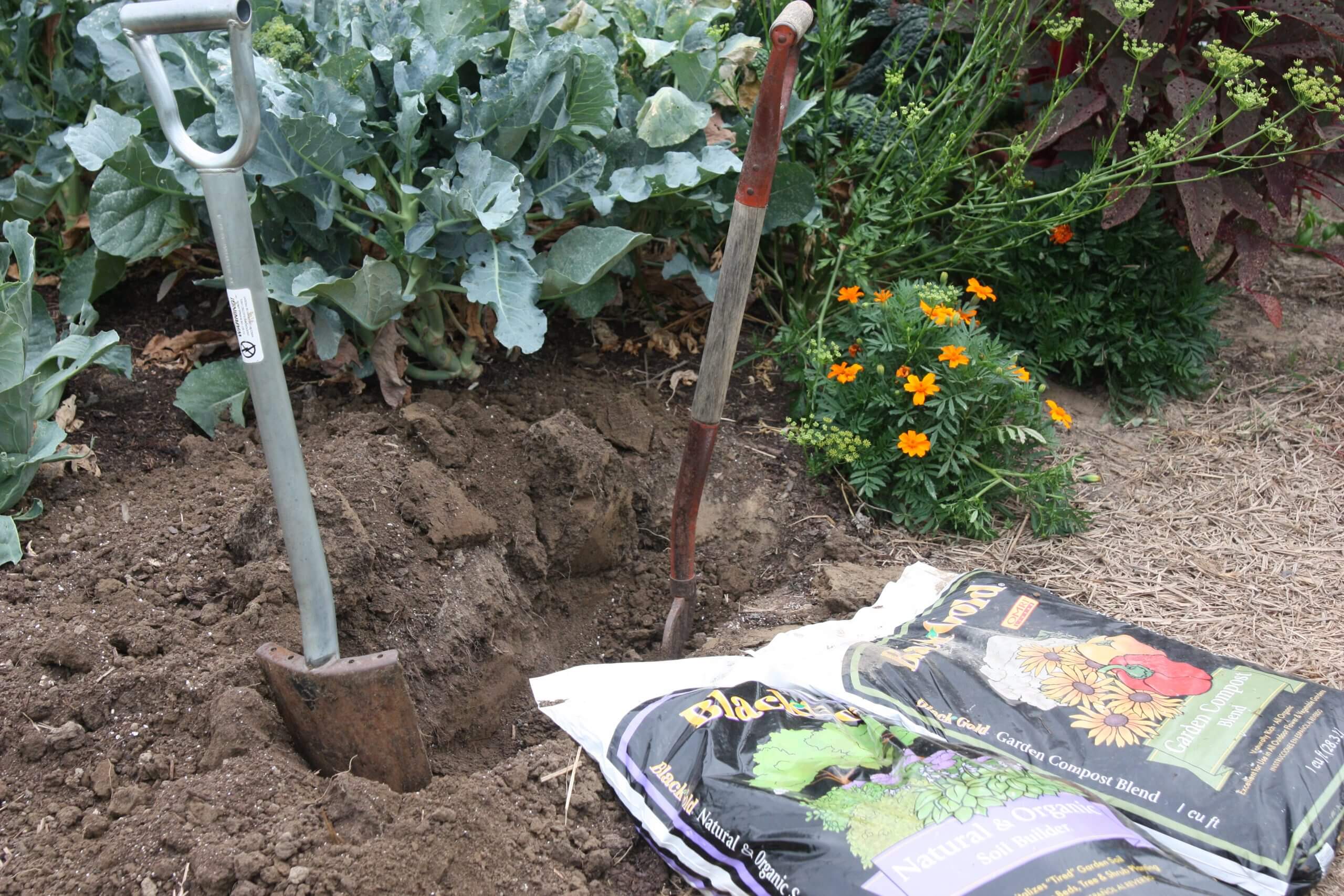
A clean, weed-free garden with open spaces between plants yields better fruit by increasing light exposure and airflow. Under clean, open conditions, pests and diseases are slower to take hold and easier to manage. Walkways covered with straw, leaf mulch or compost also make is nicer and easier to walk through the garden and care for plants in all weather.
Keep plants clean! Bushy veggies, such as tomatoes, peppers, and eggplant, are especially important to clean and prune to minimize spread of disease and pests. Remove dying, diseased, or infested leaves and stems and remove any unwanted unwieldy branches that inhibit airflow or light where it needs to reach. When pruning, be sure to clean pruners between plants by dipping them in a 10% bleach solution to ward off any cross contamination of potential diseases. At the end of the season, clean all litter and plant material away from the soil for a fresh start next season.
Rotate
Keep your vegetable garden healthy and productive from year to year with crop rotation. This means moving vegetables to different locations in the garden each season—preferably alternating heavy feeders prone to 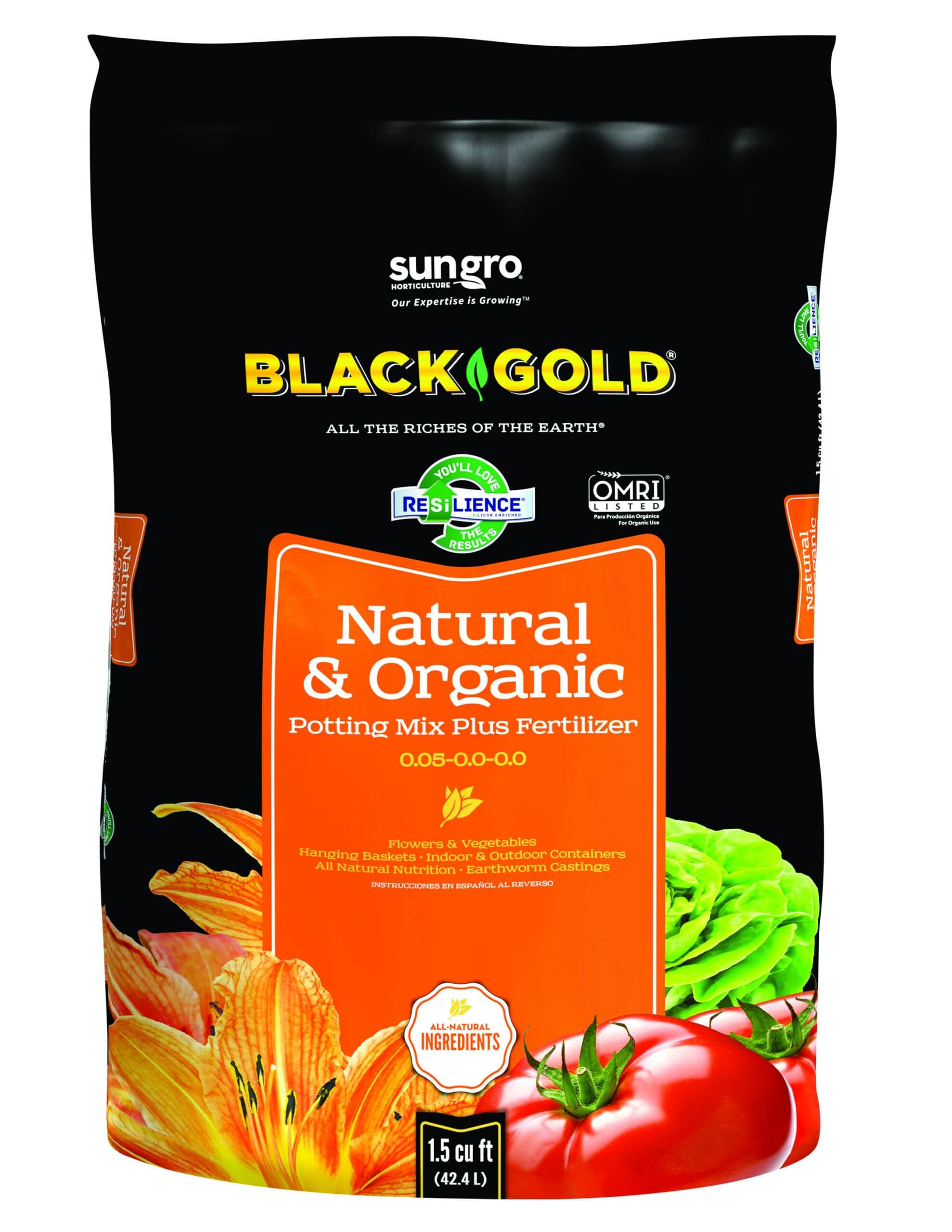 pests and diseases—such as tomatoes—with fortifying veggies, such as green beans that add nitrogen to the soil. Planting crops in the same spot year after year will increase soil-borne diseases and insects and cause real problems.
pests and diseases—such as tomatoes—with fortifying veggies, such as green beans that add nitrogen to the soil. Planting crops in the same spot year after year will increase soil-borne diseases and insects and cause real problems.
The guidelines for resilience gardening are simple. Choose your plants well, give them good care, and you should be set with fresh vegetables for the season. Chemicals aren’t needed, just a little preparation, elbow grease, and upkeep.

